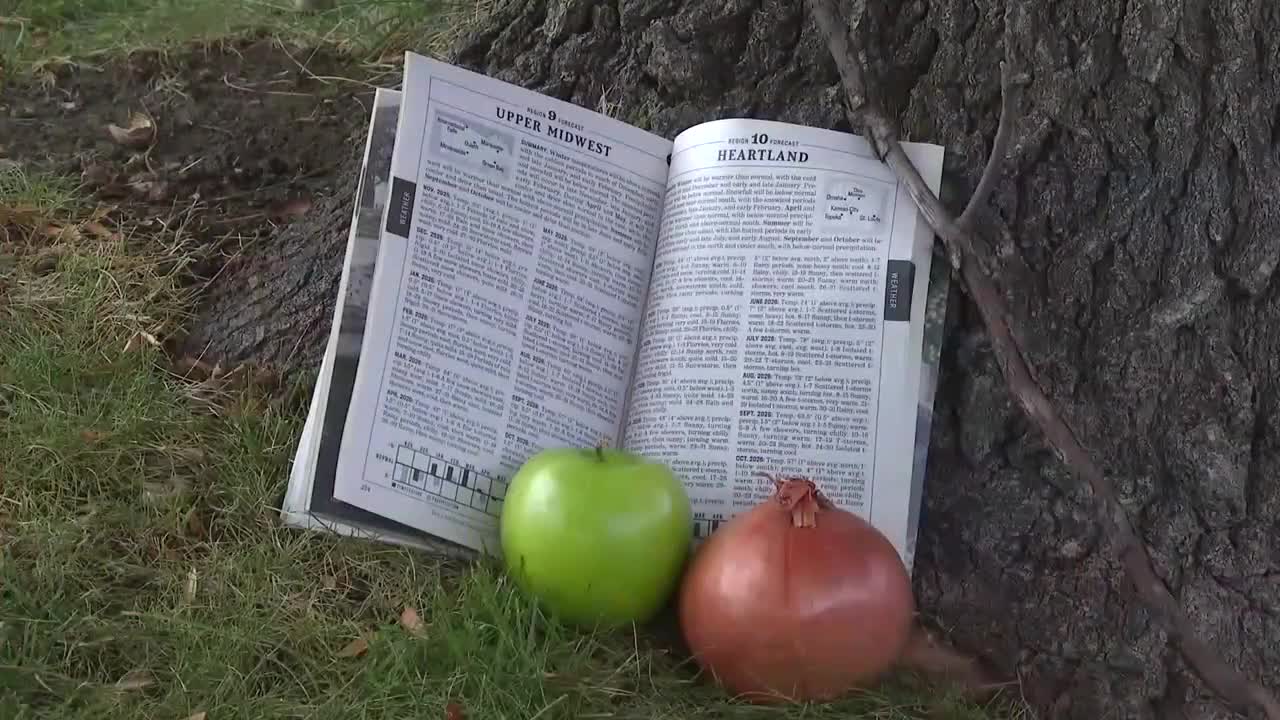We all want to know how much snow or how cold it will be this winter, and to find this answer, we truly will look at anything.
I'm Meteorologist Joseph Meyer, and old wives' tales regarding winter weather predictions have been around forever. There are hundreds of tales, and we would be here all day looking at all of them, so let’s highlight the most popular ones.
Starting with animals. Squirrels furiously gathering nuts, beavers building strong shelters, and woolly worms' designs all point to signs of a harsh winter, according to these legends.
Food is also a sign. Onions and apples with thicker skin, well, that’s a cold winter ahead. Acorns and other nuts can give signs, too.
Sometimes plants can give the answer. Berries in abundance, seeds taking on odd shapes, a late bloom in certain flowers. These are all signs of what kind of winter we may see.
And sometimes, we can tell winter from the weather itself. Some claim that the number of foggy days we see in August is the number of snowstorms we see in the winter.
You can find all of these, and more, in the old farmers’ almanac, which has been around since the 18th century. The almanac also gives its own winter prediction each season, for better or worse.
While they may be fun, is there any truth to these folk sayings? While some, like plant or food traditions, do have implications on the past season, none of these can predict the future.
But here’s the thing, long range winter forecasts are difficult to predict. So, in a way, humans are little better than squirrels, onions, August fogs, or any other prediction method to forecast winter. However, we do have some great advantages over folklore, thanks to our understanding of meteorology and modern technology.




